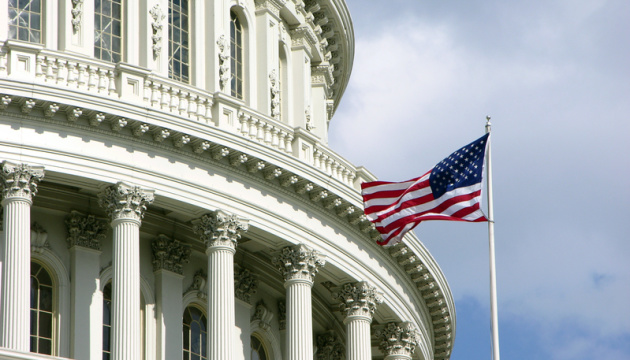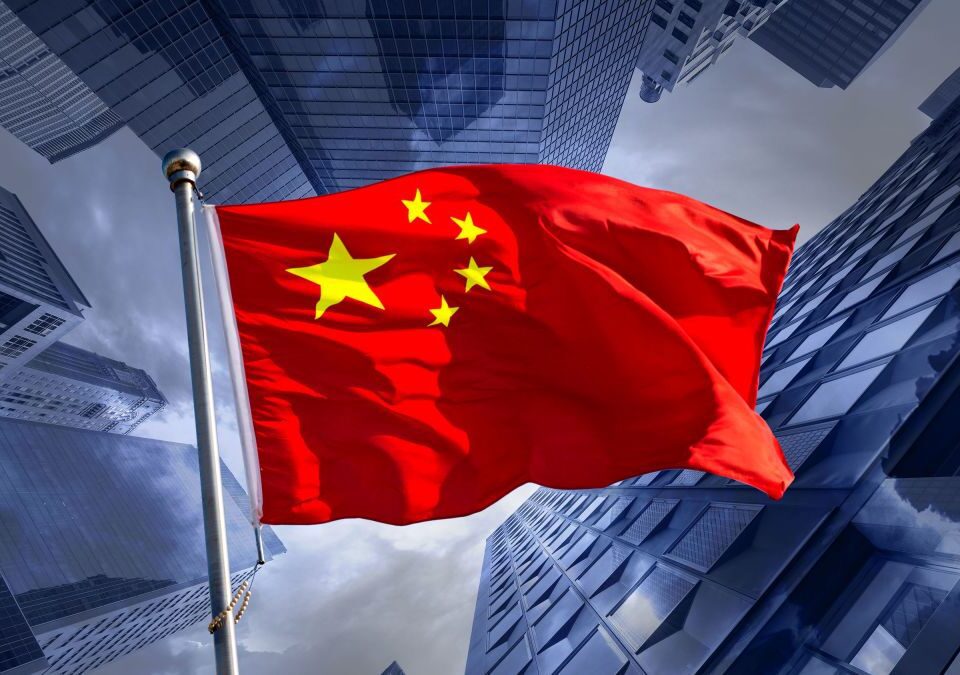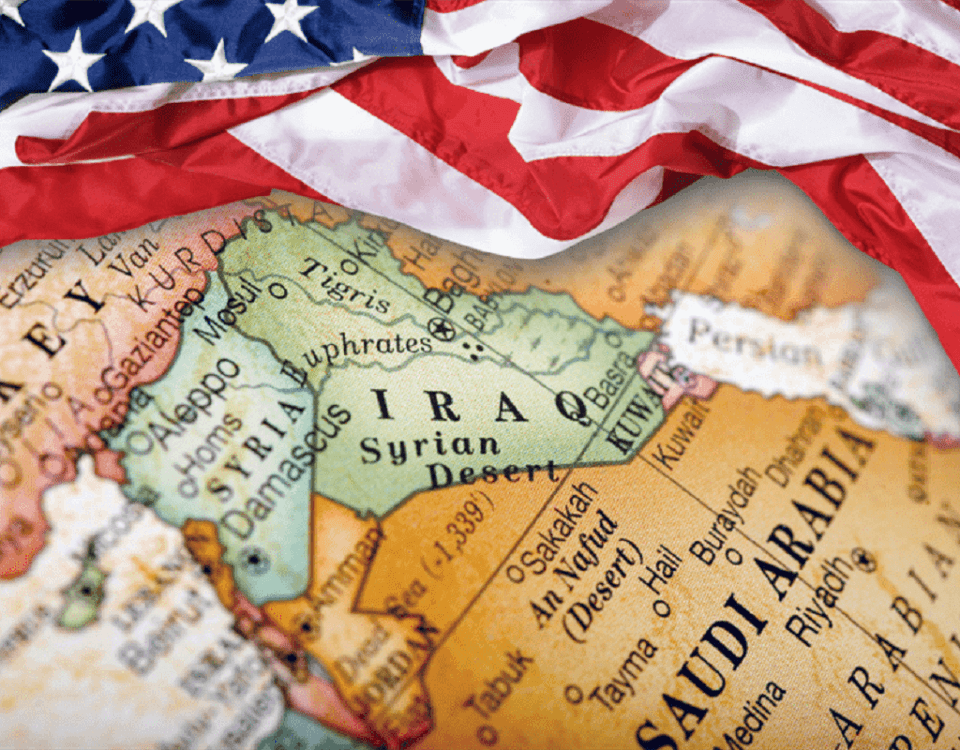
Afghan Refugees’ Situation in Pakistan and India
January 6, 2024
Shining India: Myth or Reality?
January 10, 2024
Kanwal Arshad
Imagine a nation facing a dire predicament like a damsel in distress. Pakistan is in such a plight, grappling with economic, political, and security challenges. Recently, the country has plunged into a severe financial crisis, exacerbated by problems in governance and environment. Pakistan has experienced persistently high inflation throughout the past year, with food prices skyrocketing by approximately 30%. This suffering has left millions of Pakistanis wrestling with the daunting task of putting food on their tables. The State Bank of Pakistan’s foreign exchange reserves, valued at $4.3 billion as of January, are diminishing further by ongoing current account and fiscal deficits and rising debt commitments. The International Monetary Fund (IMF) and other international financial institutions are due about $42 billion and $38 billion, respectively, of Pakistan’s total external debt, which is over $99 billion. Pakistan also owes money to the Paris Club, the G-20, and other organizations. An additional $23 billion in debt to China is included in this sum. Shutdowns and layoffs are also affecting Pakistan’s vital textile industry, which accounts for 11% of the country’s GDP and employs approximately 40% of its workforce. This disrupts production and further reduces Pakistan’s export earnings.
Pakistan’s current state of affairs can be attributed to several underlying issues, with some immediate causes resulting from critical national and worldwide events in 2022. The crisis between Russia and Ukraine significantly strained Pakistan’s economic stability. The worldwide supply chain network was interrupted by this unrest, which raised oil prices. Amidst the crisis, Ukraine halted grain shipments to numerous countries, including Pakistan, resulting in a sharp increase in the price of essential food goods. Pakistan’s political atmosphere also began to deteriorate, which hurt Pakistan’s economy. The opposition started a motion for a vote of no confidence against Imran Khan in March 2022. A constitutional crisis resulted from Khan’s subsequent request to the President to dissolve the National Assembly and hold elections. Implementing policy measures required for a speedy settlement is difficult due to the political instability and institutional gridlock that has prevailed since then.
Additionally, Unprecedented flooding in June 2022 devastated the nation, drowning a third of its area. This disastrous flooding, which severely damaged agricultural lands, animals, and vital infrastructure, is also to blame for the rise in food prices. Farmers in the millions lost an entire agricultural season. Regardless of the matter of what happened in 2022, Pakistan’s economy is struggling with enduring structural issues that exist because the ruling elite have narrow, self-serving political motives. Pakistan received a brief reprieve in the 1980s thanks to money from the Afghan War and in the 2000s thanks to resources from the War on Terror. Unfortunately, rather than making the essential structural economic adjustments, the nation’s elite preferred to keep things as they were. Inconsistent economic policies, misdirected priorities, and poor governance have exacerbated the continued economic difficulties. Financial instability is a result of changing fiscal priorities under successive governments. Additionally, the collection of taxes on land and agriculture has been hampered by the preponderance of landlords and industrialists in the parliament.
Pakistan significantly depends on foreign energy sources; most energy needs are imported, including oil for transportation and natural gas for electricity generation. The country also depends on other vital commodities, such as fertilizers, essential foods like edible oil, and several basic raw materials required for industrial production. Midway through 2022, the situation grew more difficult as the cost of necessities rose. Food and energy shortages spread over the nation were made worse by this escalation of high prices since it made imports much more expensive for Islamabad, which was already struggling with money problems.
In addition to recent global market shocks, deeper problems underlie Pakistan’s economic woes. Islamabad’s debt and its fiscal and current account deficits have expanded significantly due to the government’s massive fuel and energy subsidies. To address these structural issues and guarantee long-term economic stability, Pakistani leaders must enact unpopular but essential economic changes, but they still need to demonstrate their political will. Recent administrations have chosen short-term solutions instead, forcing Islamabad to request IMF bailouts in 2019 and assistance from benevolent creditors like Saudi Arabia and China. Due to the government’s inability to cut the primary deficit and handle the escalating debt in the energy sector, the current review of Pakistan’s IMF program has been put on hold.
Regarding tax payments, Pakistan came in at number 173. A World Bank survey found that Pakistani business owners must deal with 47 taxes annually, a significant difference from our rival nations of Hong Kong, the United Arab Emirates, Ireland, Malaysia, Sri Lanka, and India. A single company in Pakistan that operates in four different provinces is required to pay five corporate income taxes, twelve employer-funded pension contributions, twelve Social Security contributions, one property tax, one professional tax, one vehicle tax, one stamp duty, one fuel tax, and twelve payments for goods and sales taxes each year.
Several actions can be taken to address Pakistan’s fiscal and economic issues and pave the way for progress. One critical step entails improving tax administration and increasing revenue by bringing more people and businesses to the tax system. It is crucial to encourage economic documentation to increase revenue collection, lower the informal economy, combat tax evasion, and improve tax collection processes through automation and digital technologies. A solid debt management strategy is also urgently needed to lessen reliance on external borrowing and adequately manage the current debt burden. Additionally, it is crucial to strengthen the governance and judicial systems as well as our institutional capacities. Transparency, accountability, and efficiency in handling public funds can help achieve this. Furthermore, it is crucial to continue putting solid anti-corruption measures in place and enforcing harsh consequences for corrupt behavior.
The automotive industry is one example of a sector where Pakistan’s economy usually places an emphasis. Despite extensive protection, this industry has yet to become self-sustaining or a car exporter. Real estate is another problematic industry, as ineffective capital tax regimes encourage investment and protection while diverting funds and public attention away from more productive sectors that may significantly increase a nation’s export portfolio. Similarly, Pakistan’s agriculture taxes need rational changes due to its severely polarized tax distribution. Since the 1970s, this problematic topic has been a significant obstacle that Pakistan’s development must overcome. The government should identify, prioritize, and create a climate conducive to investment in productive industries with export potential to break away from this cycle of concentrating on unproductive sectors.
According to the State Bank of Pakistan, imports of oil accounted for over 23% of all imports in the fiscal year 2021–2022—a sizeable amount of Pakistan’s import expenditures. Reducing these imports is not a practical option due to the rising energy demands of a growing economy. However, Pakistan’s current account condition is worsening due to its heavy reliance on imported oil. Pakistan must, therefore, revise its energy policy and investigate the alternative energy options that are readily available in the country. Given Pakistan’s favorable geographic situation and temperature, which make it well-suited for harvesting solar energy—a cost-effective alternative to the conventional energy resources it now depends on—solar power emerges as a feasible choice.
Over the past three decades, Pakistan’s human capital has only slightly improved and still needs improvement. The Human Capital Index (HCI) for Pakistan is 0.41, which indicates that it has a low level of human capital both in absolute terms and in comparison to its South Asian neighbors, such as Bangladesh, which has an HCI of 0.46, and Nepal, which has an HCI of 0.49. Interestingly, Pakistan’s human capital results are more comparable to those of Sub-Saharan Africa, where the average HCI is 0.40. Pakistan will achieve significant economic growth and development by investing in the development of its human capital.
In a nutshell, to build a solid economic basis, an economic charter is urgently needed. This charter will be essential in determining the root problems or constraints before recommending fixes or reforms. An economy’s foundation includes tax income, exports, savings, and investments. Prioritizing capital account liberalization, the country should carefully carry it out while retaining productivity as its guiding principle.
The writer is a student of International Relations at National Defence University, Islamabad.






